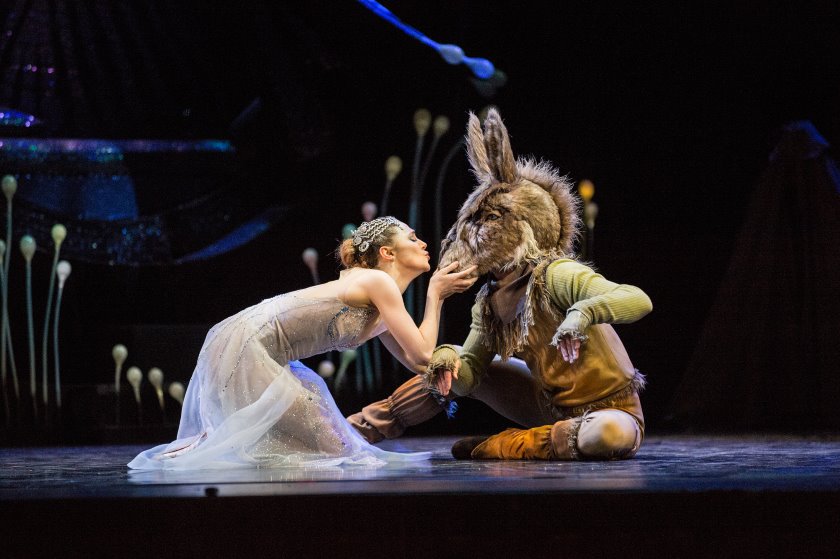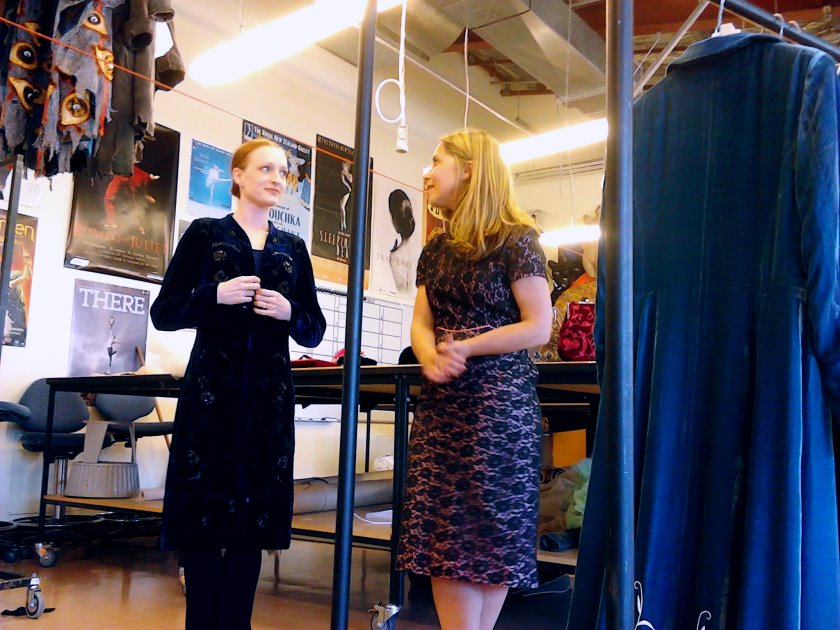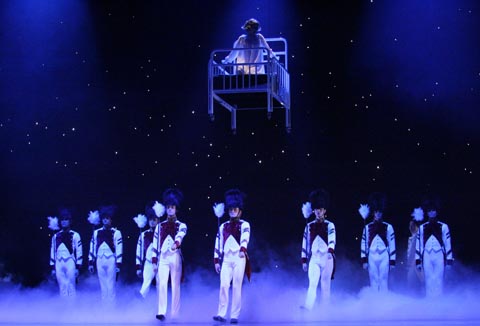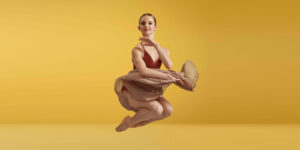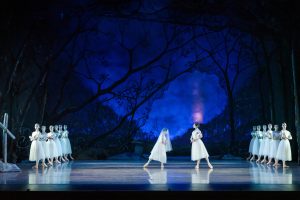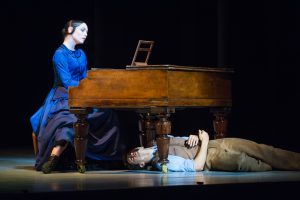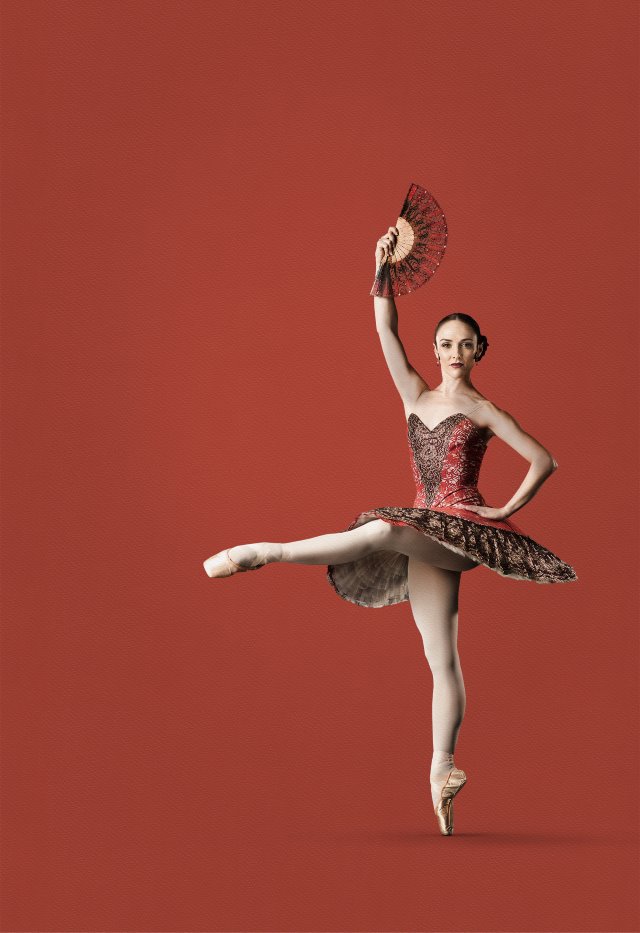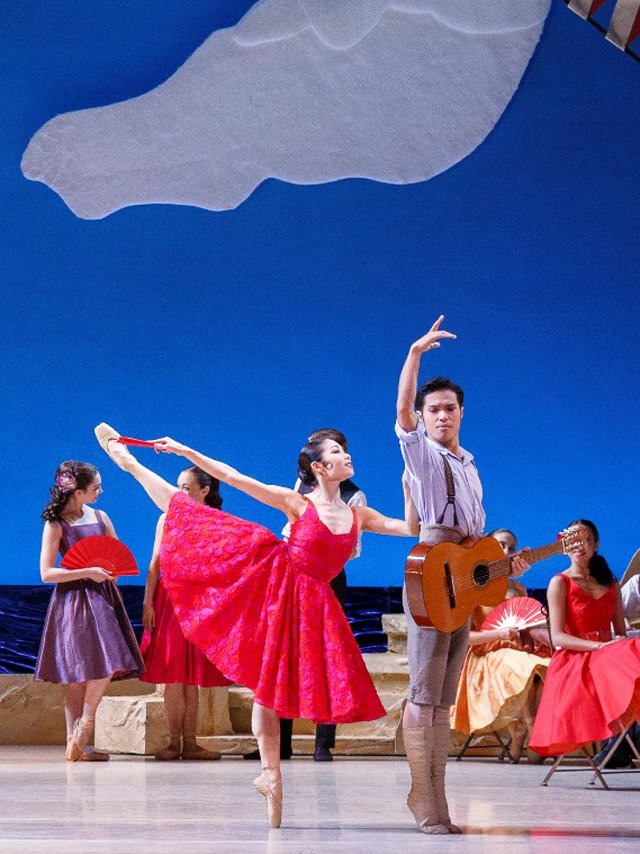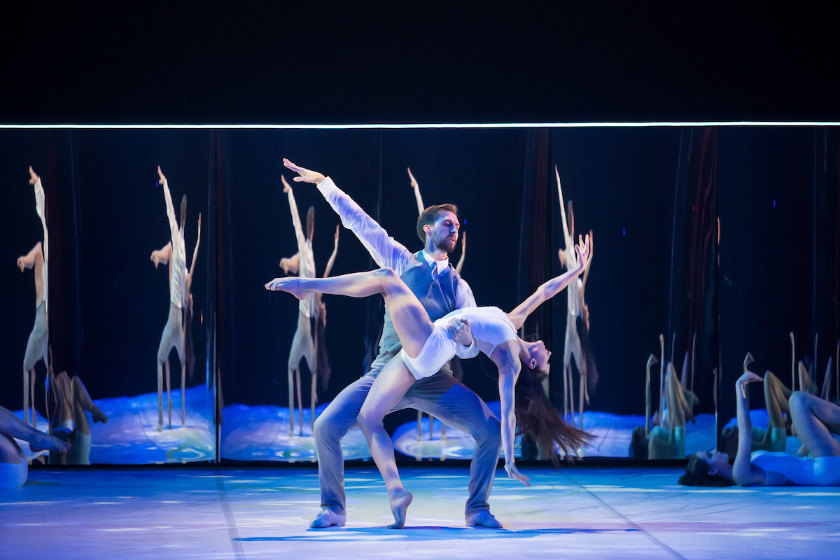
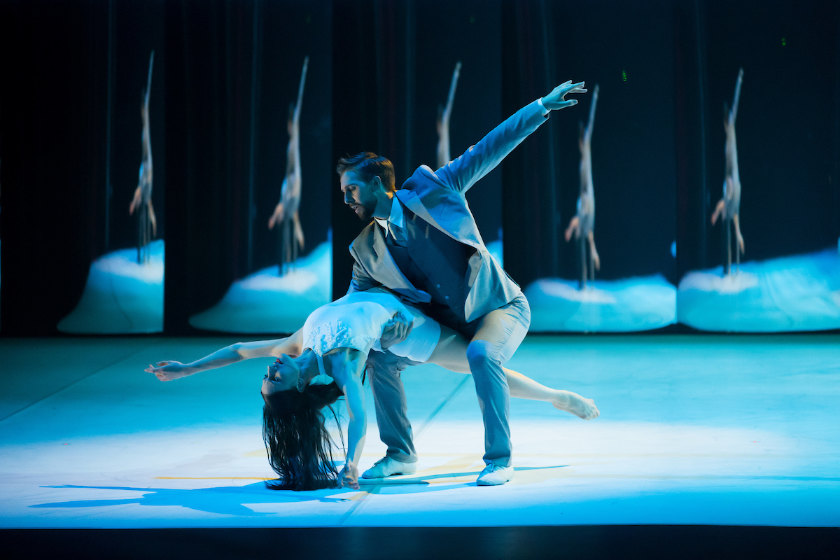
Stephen A’Court
The 21st century is full of reimaginings. We see movie series rebooted with new actors and, often, new plots. Producers insist they’re not remaking things, but reimagining them. They take something that we might already know well, and put a twist on it. And if that’s in the Zeitgeist for film, then it could well follow that the ballet world is prepared to see the same.
Mário Radačovský’s Black Swan, White Swan has already garnered largely favourable reviews when appearing abroad. It was the Royal New Zealand Ballet’s present artistic director, Patricia Barker, who originally commissioned it in 2012 for the Grand Rapids Ballet, where she held the same role. The RNZB performed Black Swan, White Swan tonight for its première in Wellington, and Barker reiterated her belief in Radačovský in bringing the ballet to these shores. Michael Auer created the video designs, Randall G. Chiarelli the lighting, and Marek Hollý the set designs. Laura McQueen Schultz and Nicholas Schultz staged the ballet—they have played the leads themselves for the Grand Rapids Ballet, and are now ballet masters for the RNZB alongside Clytie Campbell.
It is branded as Swan Lake for our times, a more minimal and modern interpretation that uses the Tchaikovsky score and the basic plot structure. However, gone are the traditional costumes in favour of more modern attire; the video projections and sets use minimalist lighting and mirrored reflections to good effect; and Siegfried’s and von Rothbart’s roles are expanded upon, with far more tension between the two.
There is intrigue from the get-go, with Siegfried (Paul Mathews) collapsing at a surprise birthday party, before being taken into a fantasy world by von Rothbart (Kihiro Kusukami). The opening scenes for Black Swan, White Swan are full of invention, with an initial set featuring a glowing door frame, to a dance party with five couples, with black and white balloons suspended above them. There is plenty of suggestiveness from the dancing couples as Siegfried attempts to make sense of the world and is introduced to the Black Swan (Kirby Selchow); and as he fights back against von Rothbart’s deceptions, he finds his White Swan in the form of his doctor (Sara Garbowski), as someone who can bring him back to reality. There is a lovely pas de deux between them before the first act concludes, but von Rothbart isn’t finished.
Knowing the back story to the ballet’s creation is important here: Radačovský says that it is partly autobiographical as he conceived the ballet while battling cancer in a Dutch hospital 21 years ago. He conceived of a Swan Lake with just the pas de deux, though Barker encouraged him to create a full ballet—and the characters of von Rothbart, almost like an illness that endangers one’s grasp on reality, and the doctor-turned-White Swan become more obvious.
The unconventional in the first part of the first act (the quickening pace of the couples at the party, for instance) does give way to a more classical style—neoclassical if you must—yet one would have thought that if Siegfried was in a fantasy world, there would be flashes away from the neoclassical style, keeping audiences off-kilter just as Siegfried is. The appearance of 14 swans impresses, but it doesn’t feel like an alternative reality; except, perhaps, for when they lie down and form silhouettes of swans from a raised arm and curled legs.
Early on Kusukami steals the ballet in his energetic portrayal of von Rothbart, the movements in Radačovský’s choreography suggesting a character who is sudden and unexpected. That first act also is a tribute to Mathews’ stamina: while Siegfried must remain in a melancholy state, he also has to battle von Rothbart in some acrobatic manœuvres, while dancing the pas de deux with the White Swan.
The second act sees von Rothbart deceive Siegfried further by bringing out his wife, masquerading as the Black Swan; and it was the pas de trois between them that showed the challenging moves that Radačovský created—some of the most admirable and technically complex movements were pulled off wonderfully by the dancers.
Siegfried and von Rothbart continued their sparring battles through to the end of the second act, with ever quickening and passionate movements, and rather than write a spoiler, we’ll depart from the substantial part of this review by saying that Radačovský does bring us back to the unconventional.
Proving that audiences do like villains, Kusukami received particularly loud clapping from the Opera House audience, either slightly greater than or on a par with what Mathews received; and Radačovský received roaring applause from an appreciative audience, too. Most ballet enthusiasts, especially lovers of classical ballet, will want to see a fresh take on Swan Lake, especially one that isn’t told from the Odile–Odette point of view.
After Wellington, Black Swan, White Swan heads to Auckland, Palmerston North, Tauranga, Christchurch, Dunedin and Blenheim. More details can be found at the RNZB’s website.—Jack Yan, Publisher
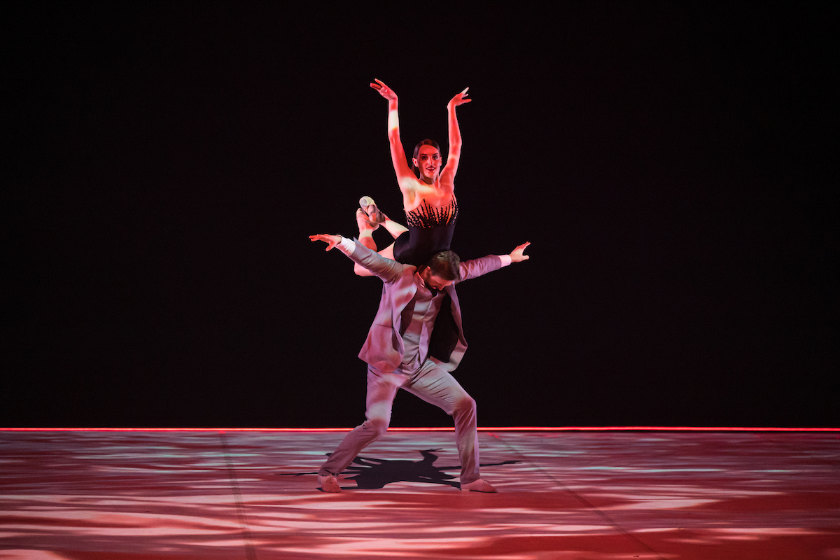
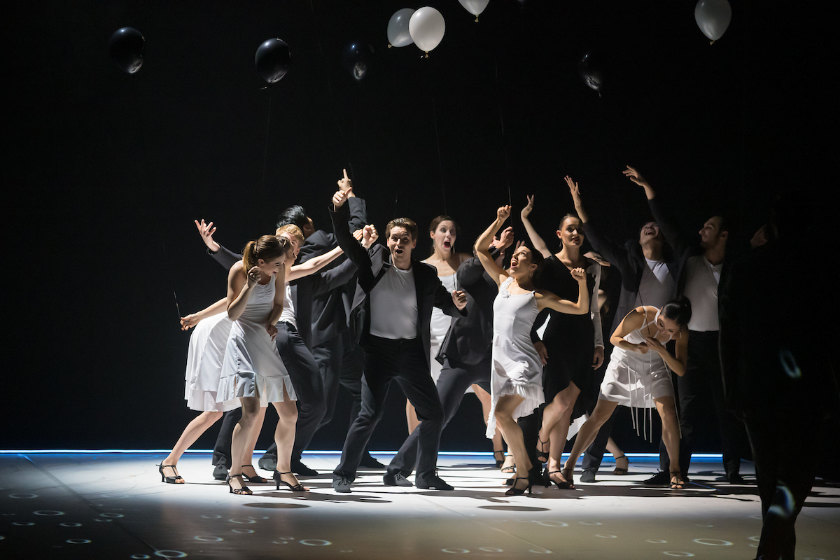
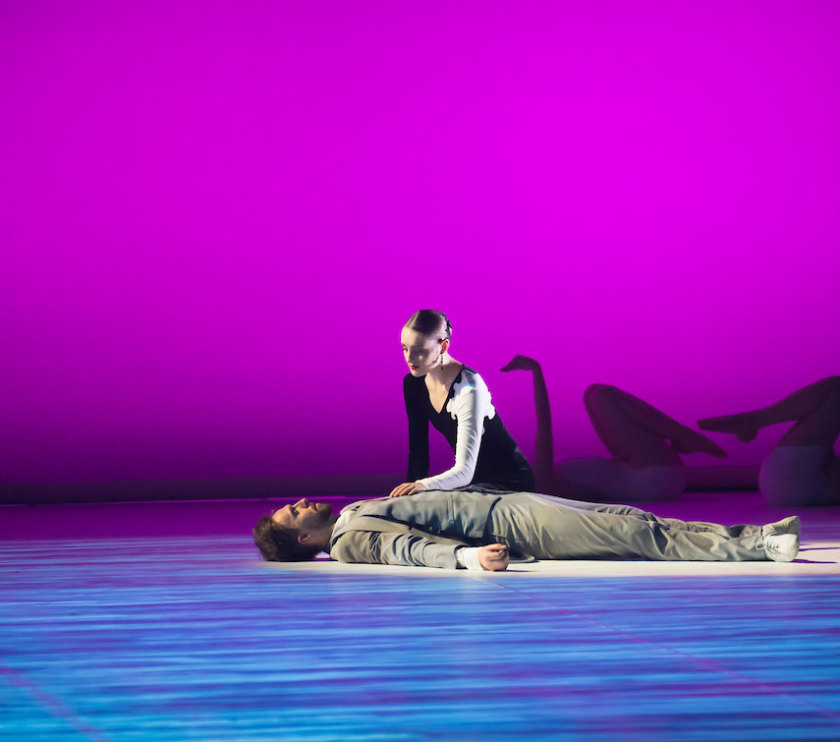
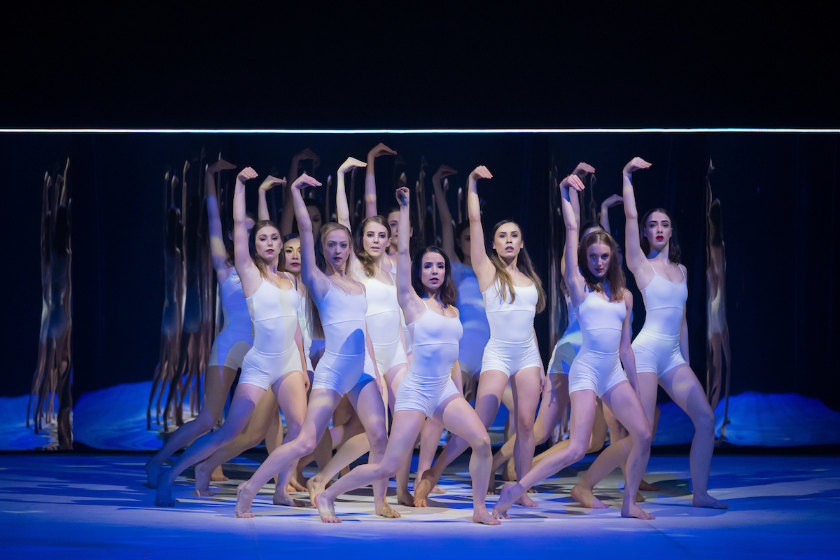
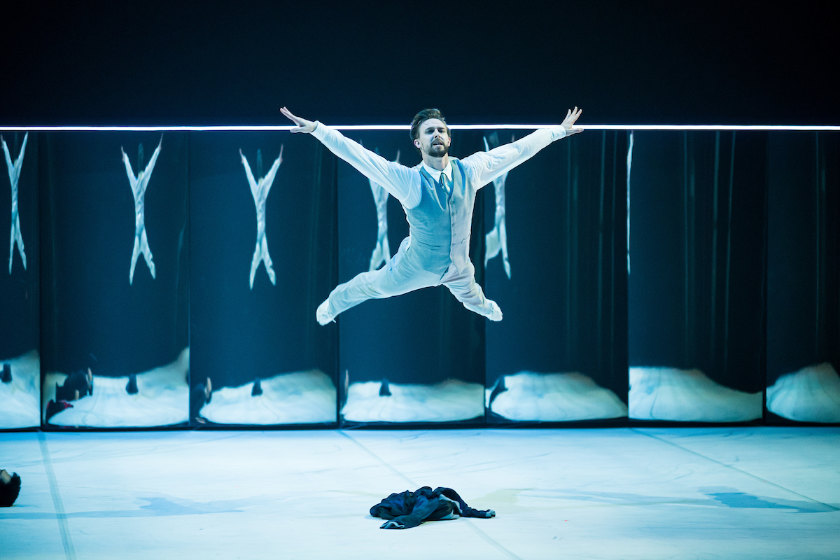
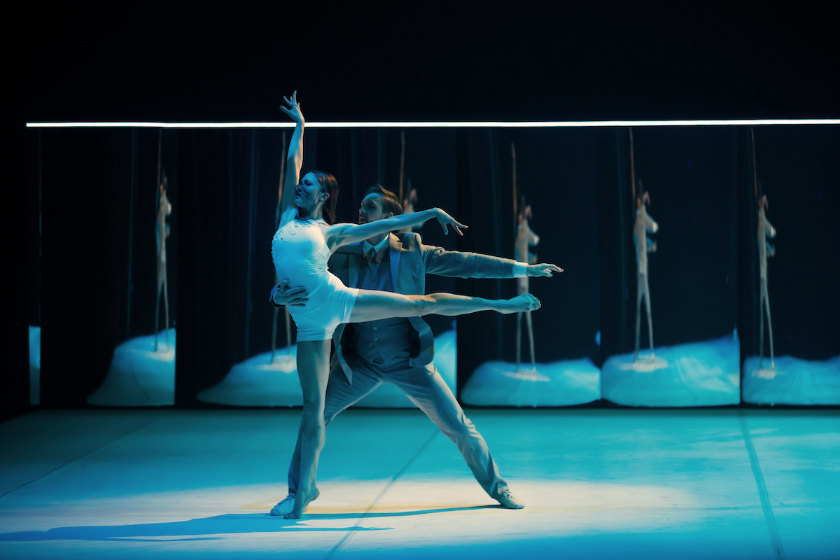
Stephen A’Court
N.B.: An earlier version of this story identified Clare Schellenberg ‘as RNZB’s new “one to watch”’ from the party scene, but we have been informed that she appeared as one of the 14 swans. It appears we were mistaken about the party dancer’s identity.—JY

